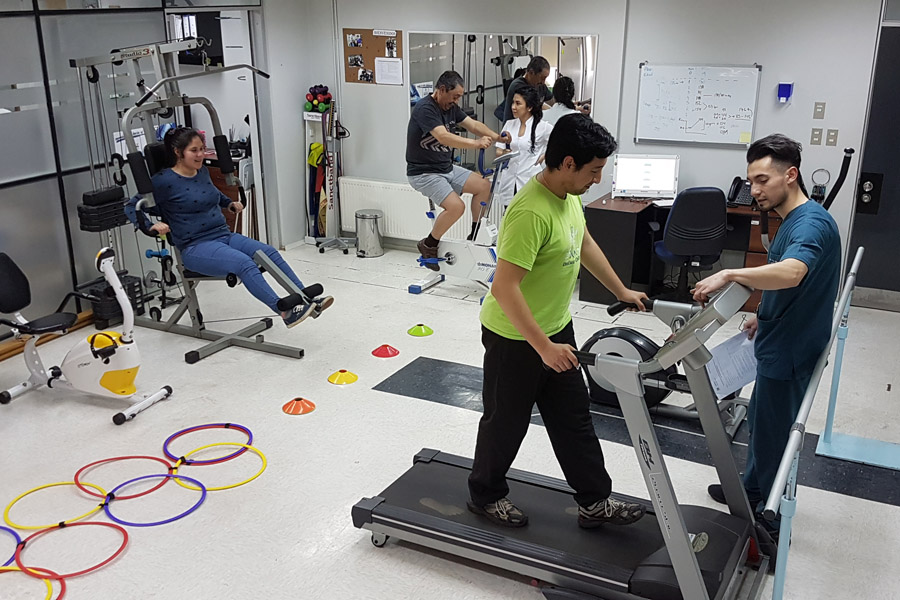|
Patients with coronary heart diseases will benefit from this new way of rehabilitation. The contribution to public health will also be significant, since it will offer more benefits at lower costs.
|
The cardiac rehabilitation program has been designed as a secondary prevention for survivors of cardiovascular events. Its effectiveness has been proved and it reduces mortality and posterior hospitalizations. However, it is an intervention that has been underused, mainly because of a lack of corresponding programs and the low number of patients who participate in them, especially in places of low or medium income, as it is the case in the Latin American context. Actually, only about 5 % of the Chilean patients participate in this kind of rehabilitation.
In this context, Dr. Pamela Serón of the Faculty of Medicine at the Universidad de La Frontera opts for a model of rehabilitation that is more accessible and helps the patients and the public health system of the country in a more effective or better way. “We designed a program that we want to try out as a clinical trial within the framework of a Fondecyt (Chilean National Fund for Scientific and Technological Development) project. It is basically an exercise-based cardiac rehabilitation program that involves less resources, but is supposedly as effective as the regular program,” the researcher explained.
EXERCISE AT HOME
The patients could go to a health care center and undergo a training program of no more than ten sessions in order to learn how to do the exercises, in an adequate time and intensity, followed by a second phase of distance monitoring by the person in charge of the rehabilitation.
This monitoring would take place in the form of permanent programmed calls and text messages with the patients, in order to verify and/or remind the patient that it is time to continue with the rehabilitation exercise routine. “We want the patients to be able to continue with the exercises at their homes or wherever they feel comfortable, so they have to go less to the hospital or other healthcare centers. We think of it as a support to public health, since the patients would be able to return to their daily routines in a more natural way.”
The idea is to recruit 314 patients for the sample of the study who have cardiac diseases (acute coronary syndromes or stable coronary heart disease), who have received medical treatment, thrombolysis, angioplasty or bypass surgery and who signed the informed consent. The patients are from five different health centers in Santiago and the Araukanía Region. The design of this intervention also includes physical therapy with exercises as the main treatment, counseling regarding nutrition and tobacco use, and the standard medical referral and examination.
LESS IS MORE
The researcher pointed out that it is necessary to prove that this method, which is qualified as a hybridized cardiac rehabilitation that offers the work at a health center combined with distance monitoring of the work at home via telephone, is as effective as the conventional intervention at a health center, which needs more time and is monitored in person.
“This is a project based on the suggestions of the International Council of Cardiovascular Prevention and Rehabilitation (ICCPR) for health centers and countries of low-income. And this is what we want to implement in Chile: establish new rehabilitation modalities for those patients in order to reduce the possibilities for another heart attack, hospitalizations because of new complications or the development of heart failure, that involve less resources for the health system and the patient,” Dr. Serón added.
 Written by: Lorena Espinoza Arévalo Vice-rectorate of Research and Postgraduate Affairs
|
 Written by: Lorena Espinoza Arévalo
Written by: Lorena Espinoza Arévalo




